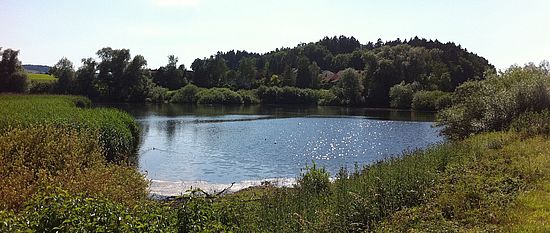
SWAN - Swiss Wetland Archaeology Network

This site is dedicated to Wetland Research in Switzerland (and neighbouring areas) and offers a platform to reach the English speaking scientific community. Its focus is on research and ongoing projects. We want to share our fascinating work with you. See also our Facebook page for news and pictures. Further information can also be found on institutions’ and contributors’ homepages, Research Gate and Academia accounts.
Contents and copyright rules are the responsibility of individual contributors.
We are grateful to the IPNA at the University of Basel for hosting this page.
Do you want to contribute? Contributions should be short, clear and in English. Before sending them please make sure that you have clarified copyright. Every contribution has to have an authors’ name. It is your responsibility to keep information and links up to date. We prefer links instead of big data itself. Comments, corrections and additions are welcome at any time: swan-ipna@clutterunibas.ch.
What is Wetland Archaeology?
What is today known as ‘the lake-dwelling phenomenon’ began with a serendipitous discovery of a prehistoric lake village on Lake Zurich, in 1854. The romantic image of houses on stilts conjured by F. Keller began to decline in popularity with the advent of scientific research, in the twentieth century. First Reinerth, then Paret and finally Vogt advanced the idea that the lake villages had not been built on stilts and platforms above the water, but on ‘dry’ land near the lake. This resulted in an academic dispute (Das Pfahlbauproblem), which was not resolved until fairly recently. It is now agreed that there are various kinds of lake habitations, but they can all be listed as lake-dwellings. With the Pfahlbauproblem no longer being a problem, the focus of research shifted to other topics.
Wetland preservation of organic matter - ranging from posts to feces - enables special insights into many aspects of daily life, craftsmanship, architecture, diet and health, agricultural techniques and human and animal impact on the environment. Based on detailed reconstructions of settlements and house plans, spatial patterns and social interaction both within and between settlements can be studied. One of the most intriguing advantages of wetland preservation is the possibility of absolute dating with the help of dendrochronology. Tens of thousands of dated piles tell stories about emergence and abandonment, neighbours and replacements, construction, re-modeling and repair on a temporal scale that is usually not available until historic times. Over the last years, the enormous amount of data available and new analytical tools and methods have reanimated discussions on taphonomy, settlement dynamics, material culture studies and theories concerning archaeological cultures.
Quick Links
